Over the years, Silkstream have earned a solid reputation for producing high quality, custom-built websites for small businesses across Essex, the UK and even internationally. But building bespoke ecommerce websites for such a diverse range of clients meant that we needed a content management system capable of delivering a customised yet seamless back-end user experience too. So we built one.
How does it compare to other CMS options available? Continue reading for a comparison of our own content management system against some of the most popular open source CMS available.
Silkstream Proprietary CMS V’s Open Source CMS
There are many popular ecommerce content management systems available on the market such as Magento, Open Cart, Drupal and Joomla, to name a few. I have not included WordPress in this comparison because WordPress is not an ecommerce CM system, its a publishing tool.
Issue #1 – Complexity of Administration
The problem is, these popular content management systems are often too complicated for the end user, particularly when customising the interface for a bespoke product. Meaning that many businesses fail to keep their website’s content fresh due to the complexity of administering any kind of update.
We understand how overwhelming technology can be and so the Silkstream CMS has been built with simplicity in mind. We only provide the functionality that you require and remove everything else. Even with bespoke functions added, the tabbed user interface and clean design mean that you can navigate to exactly where you need to be within just a couple of clicks.
Magento User Interface
Joomla User Interface
Drupal User Interface
OpenCart User Interface
Silkstream User Interface
Issue #2 – Lack of support
Most popular ecommerce CMS are open source. This leads to a variety of issues, not least of which is that you could find that when things go wrong, as they can so often do in the day-to-day managing of a website, unless you paid a premium for support to your site developer, you’ll spend hours trawling through forums seeking support from unpaid experts whilst feeling like ripping your own eyeballs from their sockets through pure frustration. You might even have to TYPE IN CAPITAL LETTERS to get their attention.
For users running the Silkstream CMS, friendly, direct and helpful telephone support is always available within office hours.
Issue #3 – The Vulnerability Factor
The biggest problem that arises when comparing an open source CMS to a proprietary CMS is security. The term “open source” refers to something that can be modified externally because its design is publicly accessible. Open source software is software whose source code is available for modification or enhancement by anyone. This can lead to major security problems. Drupal announce any security risks via their website, they are all assigned a score, with an average rating being 12/25 or 13/25. However in mid-October this year, Drupal announced a highly critical security risk which was rated 25/25, the highest severity possible.
Whilst no software, regardless of who creates or administers it, is completely safe from security issues; the Silkstream content management system offers a higher degree of security because unlike open source CMS, the source code is proprietary, making it unavailable to anyone working outside of the company, this means the vulnerability of your website is greatly reduced.
The Silkstream CMS is suitable for small to medium ecommerce websites, processing up to 500 orders per day.
If you have a question about our content management system, please feel free to leave it in the comments and a member of staff will get back you. Alternatively you can give us a call on 01702 460922.

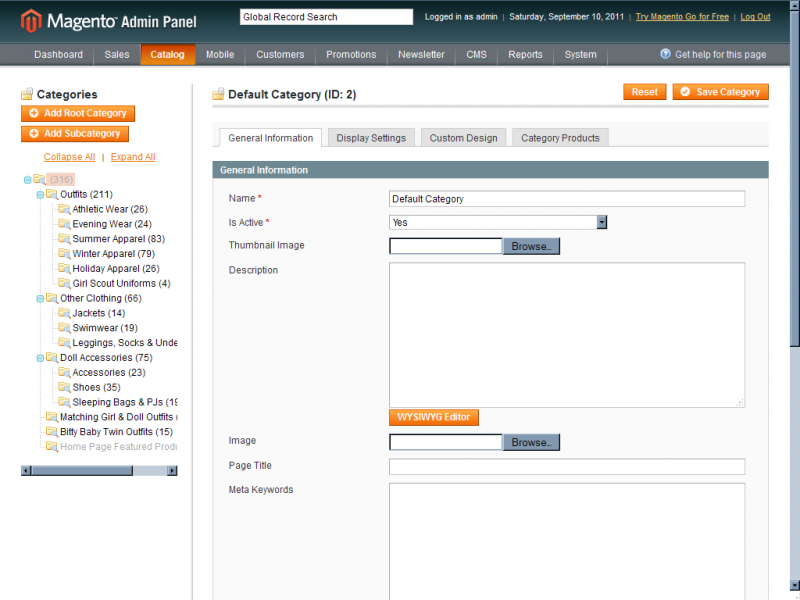
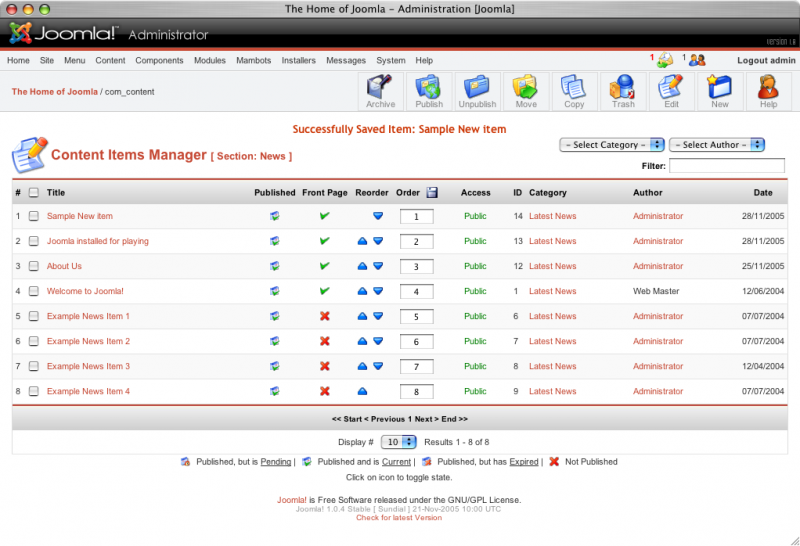
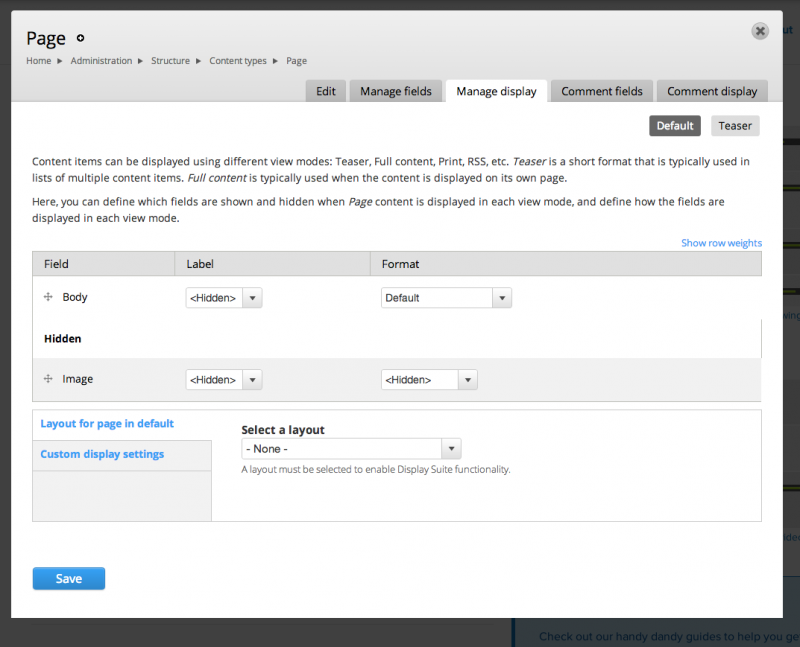
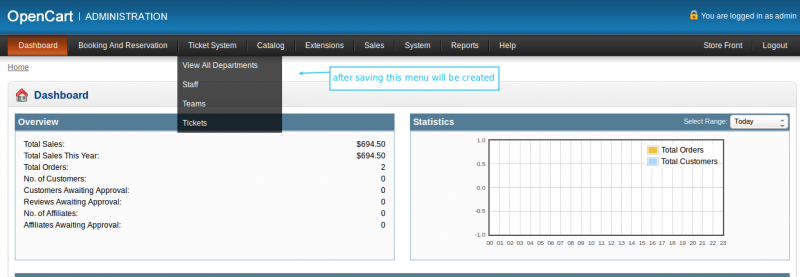
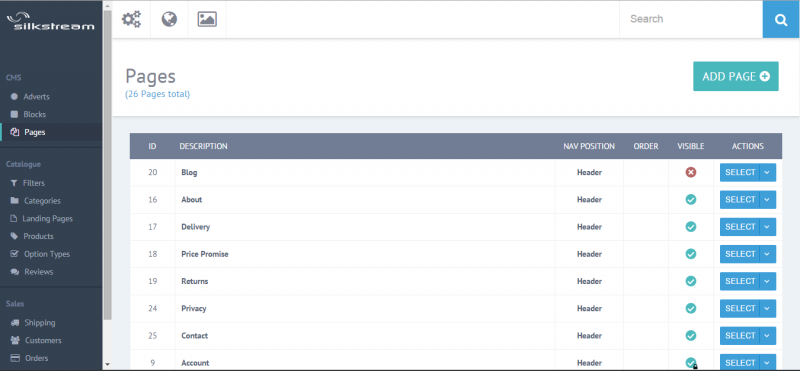


“The term “open source” refers to something that can be modified externally because its design is publicly accessible. Open source software is software whose source code is available for modification or enhancement by anyone. This can lead to major security problems.”
This is quite frankly ridiculous and an overly simplistic view. Open-source software is periodically reviewed and security-tested by all manner of people including skilled professionals paid to do this work by companies that make use of the software. As each popular open-source platform will have many companies using it and each company stands to benefit by security testing their own website solution (any fixes from which are then released to all other people using that software due to the copyleft nature of the licence), this incentive makes this is a very secure way of doing things.
In security circles, what you are effectively describing is security through obscurity. The code may be hidden from view, but unless you personally employ a small army of security experts to look through every single line of code, there are likely to be more security problems than popular and well-used open-source solutions.
The obvious example of this in action is Windows vs Linux server operating systems.
There are still many organisations that take this notion to incredible extremes by banning use of Firefox, Google Chrome and other known secure open browsers on their networks, forcing people to use Internet Explorer (and even old versions of it) because “open source is insecure”.